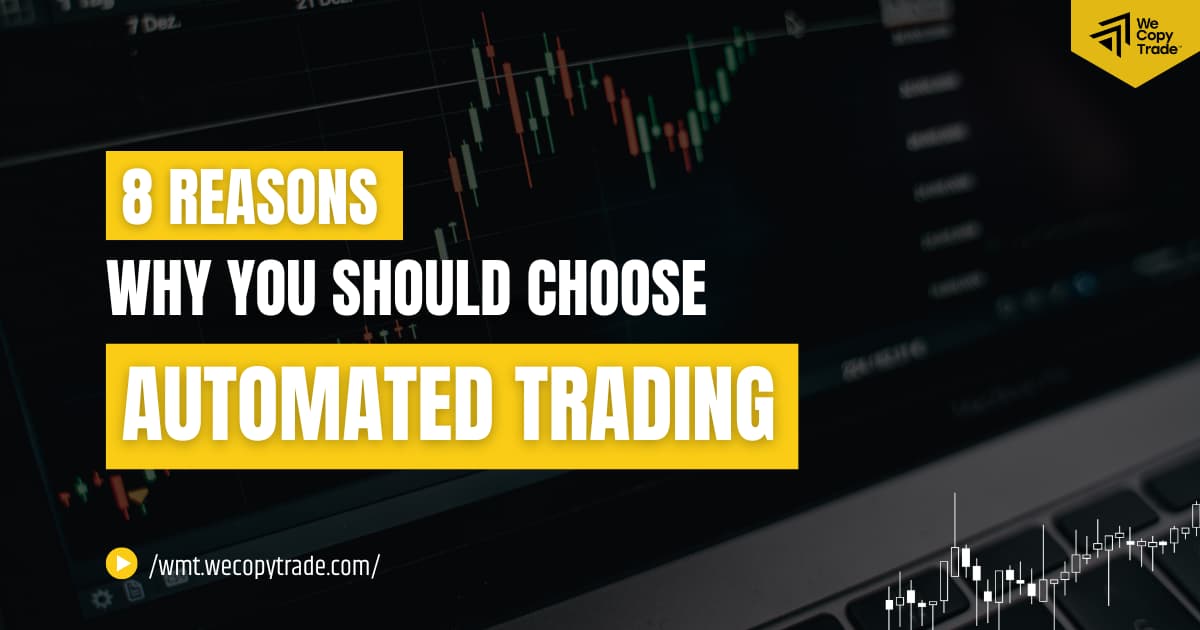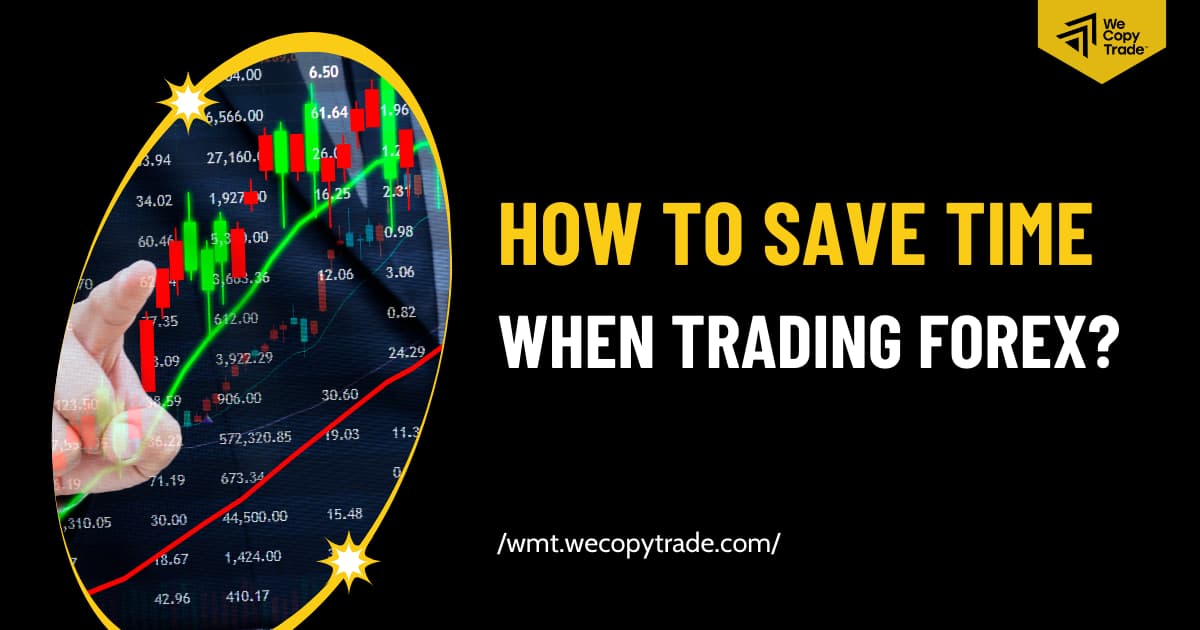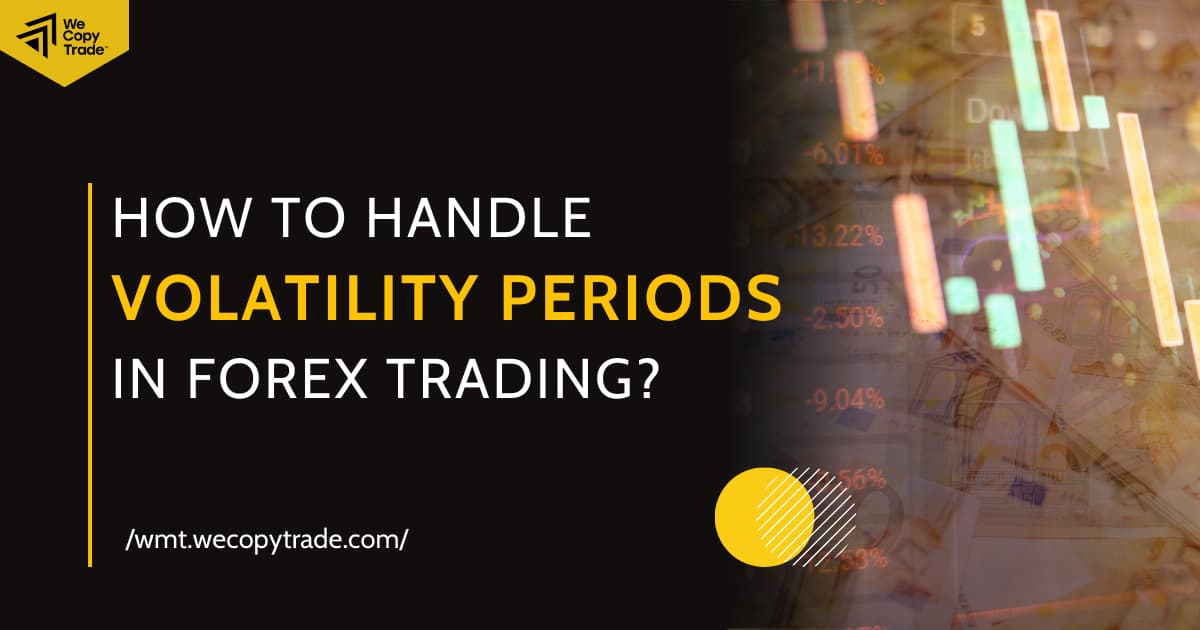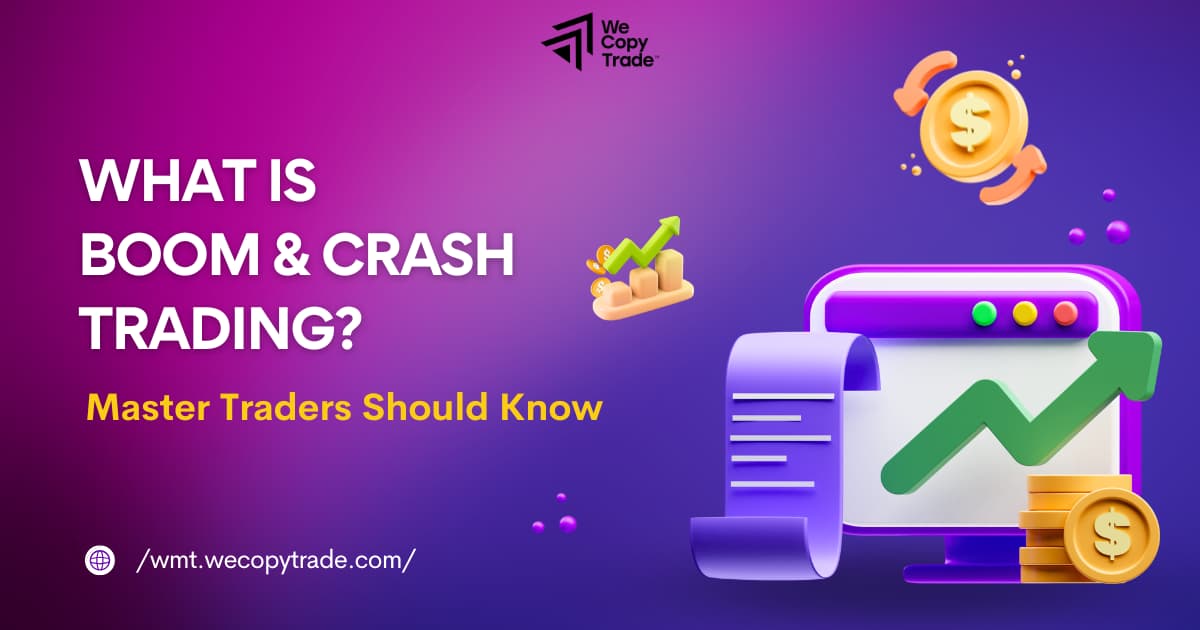
Have you ever wondered how certain traders appear to make a lot of money quickly? They are taking part in a trading method known as boom and crash trading. While it requires substantial skills, even long-term investors can benefit from this strategy. In this blog, we will explore what boom and crash trading is, why it is significant, and how to use it effectively.
What is Boom and Crash Trading?
A boom and crash in trade refers to a sudden spike in the price of a certain financial asset, known as a “boom,” followed by a steep decline, or a “crash.”
Boom and crash trading is all about taking advantage of wild price swings that happen over just a day, or even hours. These traders closely watch things like stocks, crypto, or other investments that tend to move up and down rapidly. They look for moments when a price might shoot up fast in a “boom” or crash down quickly in a “crash”.
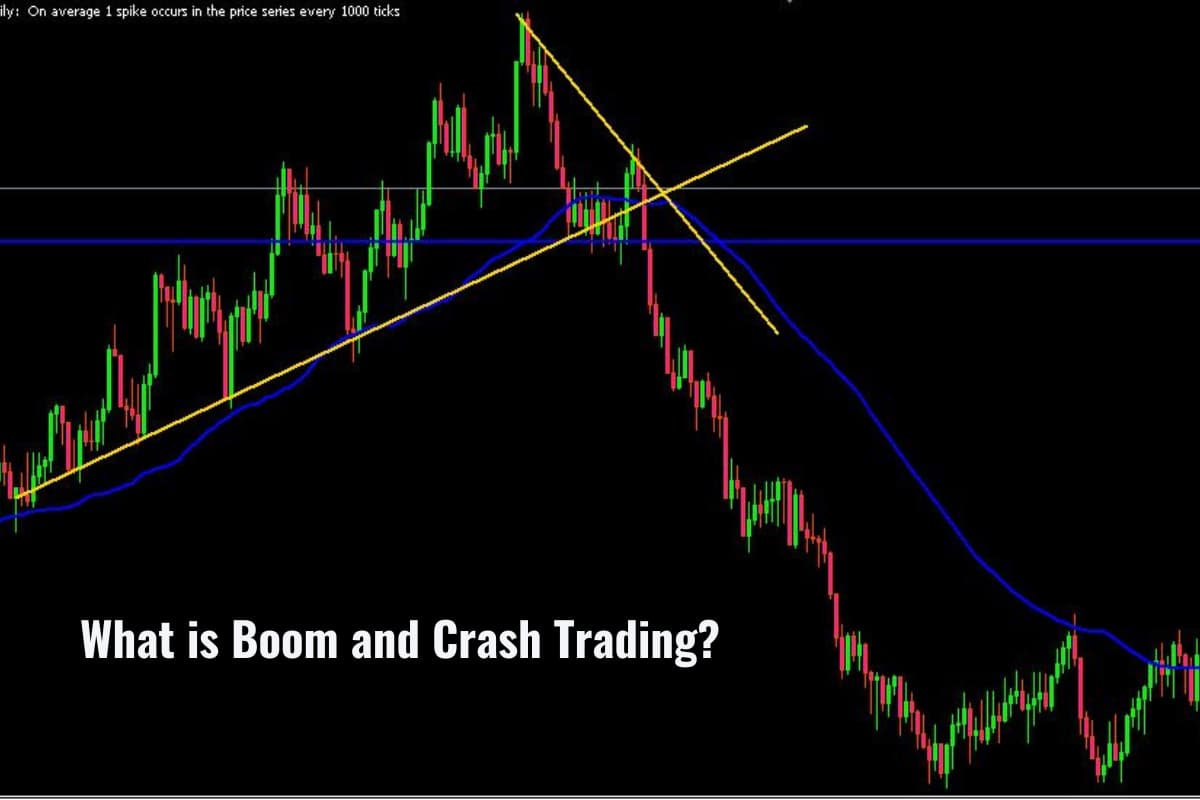
Traders try to “time” these big moves by getting in just before a boom, selling in the excitement, or avoiding a stock as it crashes. Some only hold for minutes, others a few days. But the goal is the same – catch the ups and downs.
Should You Trade Boom and Crash?
Master traders with a thorough knowledge of market psychology, price movement, and solid risk management may employ a boom and crash method to win regularly. It is not advisable for newbies to trade boom and crash. While indices may be fairly profitable for some, price changes are extremely volatile and a trader can suddenly lose all their money.
What Influences Boom and Crash Trading
Here are the main factors that can influence boom and crash trading:
News and current events
Big news like important economic announcements or political events can trigger sudden price movements up (boom) or down (crash). Good news may cause prices to rise fast, while bad news could lead to a quick fall.

Changes in how traders feel
If many traders start feeling very confident or scared at the same time, it can lead to big changes in buying and selling. Everyone getting too excited could result in prices booming up fast while everyone panicking and widespread selling may cause them to crash quickly.
Whales (big investors)
Large trades from huge companies or big-time traders can affect market liquidity and cause prices to move rapidly. A giant sell-off by a major holder may trigger a steep drop (crash), while heavy buying from big investors could spark a big jump (boom).
Thin markets
Markets with less activity make it easier for traders to influence the price. Some traders may try to scare others into selling fast in thin markets, which could spark a flash crash, or manipulate others into buying like crazy to artificially boost prices very quickly.
Human behavior
Herd behavior from traders copying each other or reacting the same way can speed up booms or crashes. If many traders start buying together without thinking, prices may boom fast. Likewise, panic spreading fast between traders could cause a crash.
Boom and Crash Trading Strategies
Prices typically continue moving in the direction of the prevailing trend during a boom or crash. Getting in early allows traders to ride the momentum. Here we look at the boom and crash trading strategy of buying the boom and selling the crash.
Buying the boom
Identify robust market conditions:
Look for signs of a strong market environment. Examples include prices emerging from a period where they traded within a narrow range (consolidation) or prices continuing an existing upward trend.
Utilize technical analysis tools like rising trading volume or chart patterns that indicate bullish momentum to confirm the market’s underlying strength. These types of indicators can help signal that an uptrend boom may still have further room to run.
Manage risks:
It is crucial to set clear entry and exit points to control risks. Use stop-loss orders to protect against sudden price moves in the opposite direction (the crash). Having defensive strategies like this is vital for protecting against potential downside caused by unexpected movement against the trade.

Confirm bullish signals:
Validate your decision to enter a trade during a boom by checking multiple indicators all pointing to an upward trend. Consider underlying market factors fueling positive sentiment.
Selling the crash
Identify weak market conditions:
Find signs of a weak market, like a breakdown below key support levels or a sustained downtrend. Technical signs of weakness include high trade volume or bearish patterns.
Confirm bearish signals:
Cross-check any signals with various indicators all agreeing on a downward trend. Take into account fundamentals impacting pessimism.
Stay informed:
Stay up-to-date on news and economic developments that could exacerbate declining conditions. Be ready to react quickly if sentiment suddenly shifts, impacting the crash trajectory.
Tips for Trading Boom and Crash Successfully
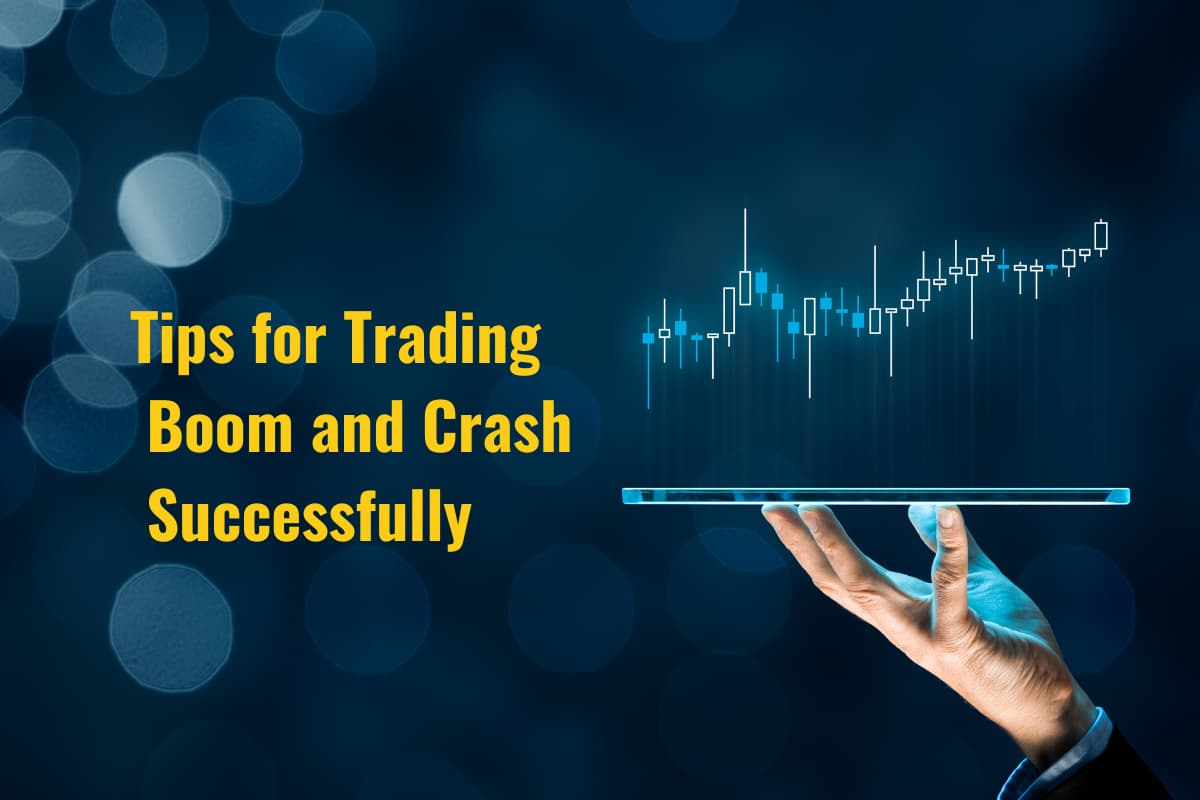
Here are some tips for successfully trading booms and crashes:
- Watch the market closely: Keep an eye out for sudden large price increases or decreases so you can react quickly.
- Look for strong momentum: Only enter trades when there is clear evidence of a strong upward or downward trend occurring. Don’t fight the prevailing trend.
- Set targets and stops: Know exactly when you plan to sell at a profit target and have a stop-loss in place in case prices reverse against you.
- Trade small positions: Use cautious position sizes when trading these volatile periods, as prices can change direction rapidly.
- Sell early in downturns: Don’t get greedy! Exit positions as soon as you see credible signs the boom or crash is losing steam.
- Consider your risk tolerance: Booms and crashes bring big risks. Only engage in these types of short-term trades if you’re comfortable with the ups and downs.
- Learn from experience: Pay attention to what worked and didn’t in past booms and crashes so you can improve your strategy over time.
- Remain calm: Stick to your plan and don’t panic if a trade moves against you initially. Steady nerves are important for short-term success.
Risks to Consider When Trading Boom and Crash
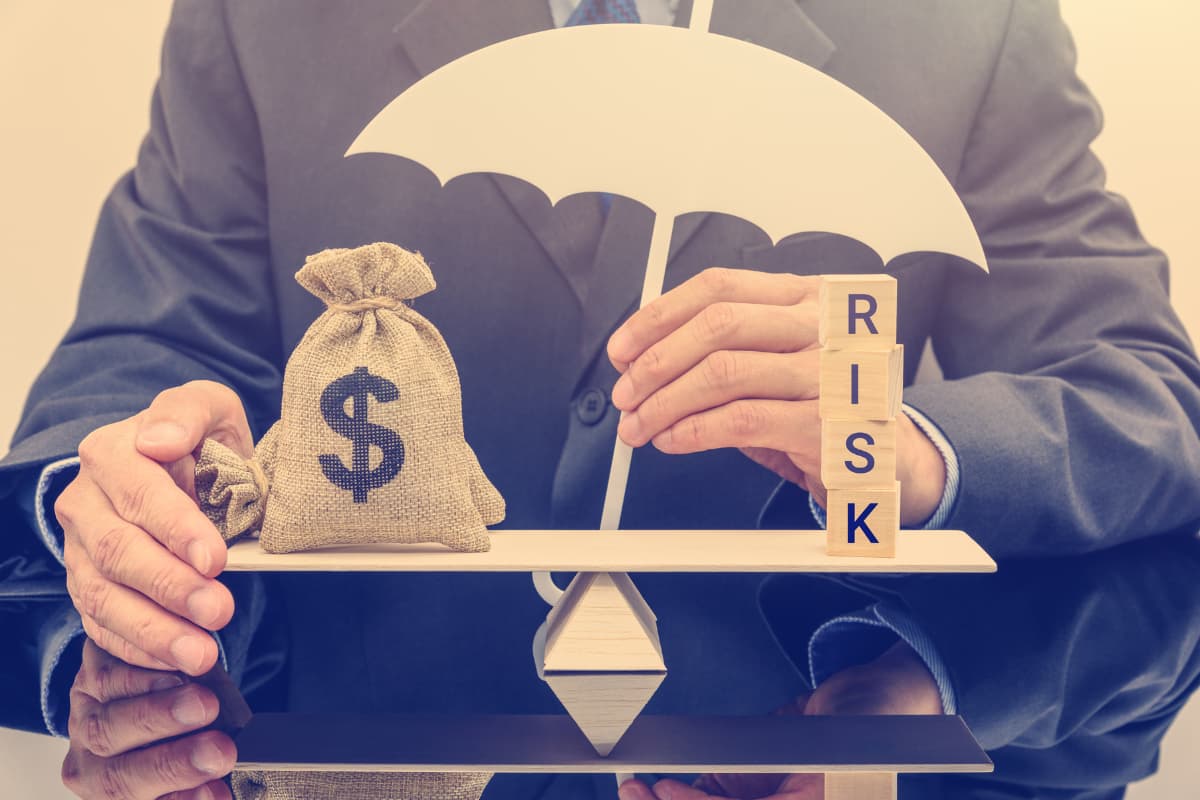
We all know that trading is risky and here are some of the risks involved in boom and crash trading:
- The impact of news is unexpected: Exogenous events, such as geopolitical or economic news, have the potential to launch booms or intensify falls in unexpected ways.
- Emotions can negatively impact decision-making: Herd behavior during extremes can be irrational, making accurate predictions very challenging.
- Profits may be small but losses can be substantial if wrong: Prices can move rapidly during booms and crashes, exposing traders to big risks of losses if the market goes against their position.
- Requires experience: It takes an experienced trader to effectively navigate risks. Novice traders are highly likely to overtrade and lose money this way.
Final Words
To sum up, master traders should pay attention to boom and crash trading as they may learn a thing or two from this strategy. Understanding why and when price moves helps take advantage to make profits or prevent losses. Boom and crash traders must have experience, discipline, and a clear plan to manage risk. For more helpful trading tips, follow our website at WeMasterTrade and WeCopyTrade.


